Educational software is a term used for any computer software which is made for an educational purpose. It encompasses different ranges from language learning software to classroom management software to reference software. The purpose of all this software is to make some part of education more effective and efficient.
A learning management system (LMS) is a software application for the administration, documentation, tracking, reporting, automation, and delivery of educational courses, training programs, materials or learning and development programs. The learning management system concept emerged directly from e-Learning. Learning management systems make up the largest segment of the learning system market. The first introduction of the LMS was in the late 1990s. Learning management systems have faced a massive growth in usage due to the emphasis on remote learning during the COVID-19 pandemic.
Educational technology is the combined use of computer hardware, software, and educational theory and practice to facilitate learning. When referred to with its abbreviation, "EdTech," it often refers to the industry of companies that create educational technology. In EdTech Inc.: Selling, Automating and Globalizing Higher Education in the Digital Age, Tanner Mirrlees and Shahid Alvi (2019) argue "EdTech is no exception to industry ownership and market rules" and "define the EdTech industries as all the privately owned companies currently involved in the financing, production and distribution of commercial hardware, software, cultural goods, services and platforms for the educational market with the goal of turning a profit. Many of these companies are US-based and rapidly expanding into educational markets across North America, and increasingly growing all over the world."
Editing technology is the use of technology tools in general content areas in education in order to allow students to apply computer and technology skills to learning and problem-solving. Generally speaking, the curriculum drives the use of technology and not vice versa. Technology integration is defined as the use of technology to enhance and support the educational environment. Technology integration in the classroom can also support classroom instruction by creating opportunities for students to complete assignments on the computer rather than with normal pencil and paper. In a larger sense, technology integration can also refer to the use of an integration platform and application programming interface (API) in the management of a school, to integrate disparate SaaS applications, databases, and programs used by an educational institution so that their data can be shared in real-time across all systems on campus, thus supporting students' education by improving data quality and access for faculty and staff.
"Curriculum integration with the use of technology involves the infusion of technology as a tool to enhance the learning in a content area or multidisciplinary setting... Effective technology integration is achieved when students can select technology tools to help them obtain information on time, analyze and synthesize it, and present it professionally to an authentic audience. Technology should become an integral part of how the classroom functions—as accessible as all other classroom tools. The focus in each lesson or unit is the curriculum outcome, not the technology."
An edublog is a blog created for educational purposes. Edublogs archive and support student and teacher learning by facilitating reflection, questioning by self and others, collaboration and by providing contexts for engaging in higher-order thinking. Edublogs proliferated when blogging architecture became more simplified and teachers perceived the instructional potential of blogs as an online resource. The use of blogs has become popular in education institutions including public schools and colleges. Blogs can be useful tools for sharing information and tips among co-workers, providing information for students, or keeping in contact with parents. Common examples include blogs written by or for teachers, blogs maintained for the purpose of classroom instruction, or blogs written about educational policy. Educators who blog are sometimes called edubloggers.
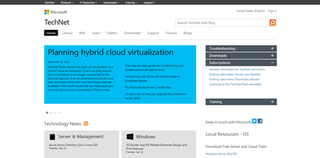
Microsoft TechNet was a Microsoft web portal and web service for IT professionals. It included a library containing documentation and technical resources for Microsoft products, a learning center providing online training, discussion forums, an evaluation center for downloading trialware, blogs for Microsoft employees and a wiki.
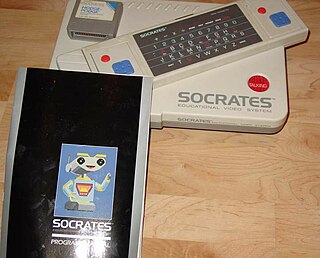
An educational video game is a video game that provides learning or training value to the player. Edutainment describes an intentional merger of video games and educational software into a single product. In the narrower sense used here, the term describes educational software which is primarily about entertainment, but tends to educate as well and sells itself partly under the educational umbrella. Normally software of this kind is not structured towards school curricula and does not involve educational advisors.
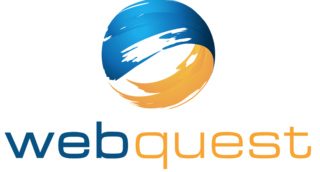
A WebQuest is an inquiry-oriented lesson format in which most or all the information that learners work with comes from the web. These can be created using various programs, including a simple word processing document that includes links to websites.
Social learning tools are tools used for pedagogical and andragogical purposes that utilize social software and/or social media in order to facilitate learning through interactions between individuals and systems. The idea of setting up "social learning tools" is to make education more convenient and widespread. It also allows an interaction between users and/or the software which can bring a different aspect to learning. People can acquire knowledge by distance learning tools, for instance, Facebook, Twitter, Khan Academy and so on. Social learning tools may mediate in formal or informal learning environments to help create connections between learners, instructors and information. These connections form dynamic knowledge networks. Social learning tools are used in schools for teaching/learning and in businesses for training. Within a school environment, the use of social learning tools can affect not only the user (student) but his/her caretaker as well as his/her instructor. It brings a different approach to the traditional way of learning which affects the student and his/her support circle. Companies also use social learning tools. They used them to improve knowledge transfer within departments and across teams. Businesses use a variety of these tools to create a social learning environment. They are also used in company settings to help improve team work, problem solving, and performance in stressful situations.
Online communication between home and school is the use of digital telecommunication to convey information and ideas between teachers, students, parents, and school administrators. As the use of e-mail and the internet becomes even more widespread, these tools become more valuable and useful in education for the purposes of increasing learning for students, and facilitating conversations between students, parents, and schools.
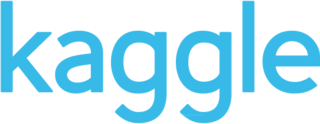
Kaggle is a data science competition platform and online community of data scientists and machine learning practitioners under Google LLC. Kaggle enables users to find and publish datasets, explore and build models in a web-based data science environment, work with other data scientists and machine learning engineers, and enter competitions to solve data science challenges.
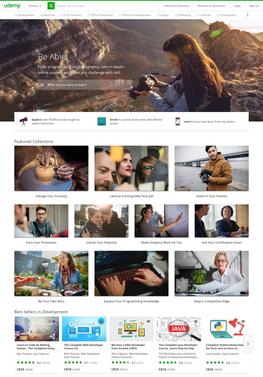
Udemy, Inc. is an education technology company that provides an online learning and teaching platform. It was founded in May 2010 by Eren Bali, Gagan Biyani, and Oktay Caglar.
Modern elementary mathematics is the theory and practice of teaching elementary mathematics according to contemporary research and thinking about learning. This can include pedagogical ideas, mathematics education research frameworks, and curricular material.

A flipped classroom is an instructional strategy and a type of blended learning, which aims to increase student engagement and learning by having pupils complete readings at home and work on live problem-solving during class time. This pedagogical style moves activities, including those that may have traditionally been considered homework, into the classroom. With a flipped classroom, students watch online lectures, collaborate in online discussions, or carry out research at home, while actively engaging concepts in the classroom, with a mentor's guidance.

Playware Studios Pte Ltd is a Singapore-based technology company specialising in games for learning. The company creates software and hardware products in the B2B emerging education technology space. The company organizes the Academy of Play, and trains Adult Educators, Teachers and HR professionals on the use of AR/VR, Serious Games and Simulations for Training and Education.
Google Classroom is a free blended learning platform developed by Google for educational institutions that aims to simplify creating, distributing, and grading assignments. The primary purpose of Google Classroom is to streamline the process of sharing files between teachers and students. As of 2021, approximately 150 million users use Google Classroom.

Kahoot! is a Norwegian online game-based learning platform. It has learning games, also known as "kahoots", which are user-generated multiple-choice quizzes that can be accessed via a web browser or the Kahoot! app.
Social media in education is the practice of using social media platforms or technology to enhance the education of students. Social media is defined as "a group of Internet-based applications that build on the ideological and technological foundations of Web 2.0, and that allow the creation and exchange of user-generated content". Social media platforms can be used as a means of completing assignments or projects electronically. These activities can grant students opportunities to develop skills with computers and online platforms.

Microsoft Teams is a proprietary business communication platform developed by Microsoft, as part of the Microsoft 365 family of products.

Digital Media in education is measured by a person's ability to access, analyze, evaluate, and produce media content and communication in a variety of forms. These media may involve incorporating multiple digital softwares, devices, and platforms as a tool for learning. The use of digital media in education is growing rapidly in today's age, competing with books for the leading form of communication. This form of education is slowly combating the traditional forms of education that have been around for a long time. With the introduction of virtual education, there has been a need for more incorporation of new digital platforms in online classrooms.









